Table of Contents
Introduction
Gold Planar. A relatively obscure Chinese brand with some rather high aspirations.
I first heard about Gold Planar from their GL20, a “large planar” IEM with the usual tonal problems that plagues the Audeze planar IEMs. But to be fair it was also under $150, so the whole EQing being mandatory thing was at least far more forgivable.
Gold Planar also makes some budget-ish planar headphones, namely the $80 GL400 and the $180 GL600. But the reason why I found them so interesting was that they made two headphones with rather obscure drivers: the GL850 which sports air motion transformer drivers (the same type that’s used in the popular HEDDphone) and the GL1200 which sports ribbon drivers (the same type that’s used in the RAAL-requiste SR1a).
Today, we’re not here for the exotics. Gold Planar now presents the GL2000, a “bog standard” planar aimed squarely at the Hifiman customer base. The GL2000 comes in two variants, single-sided and double-sided, indicating the number of magnetic arrays used in the driver construction. However the orthodynamic game is a far different beast from the AMT and ribbon driver game, considering that many other headphones are vying for the consumer’s attention.
Per usual, the big question IEF is here to answer: how good is the GL2000 actually?
Product page: https://www.linsoul.com/products/gold-planar-gl2000
MSRP: $590 (single-sided), $640 (doubled-sided)
Driver configuration: Planar
Both GL2000s were kindly provided by Linsoul.
Single-sided versus double-sided
With the GL2000’s growing popularity comes a small problem, it comes in two variants: “single-sided” and “double-sided”. Which one is better? Is the double-sided version worth the extra money? Why does the single-sided version exist? So many questions, and here we have many authorities coming out to say that you should absolutely get the double over the single because… well, two is better than one isn’t it?
And all of it just made me question how many of them actually know how a planar driver works because a lot of their justifications legitimately boil down to simply “two is better than one”, not even kidding. But just because they lack the knowledge doesn’t mean that you have to follow suit. Now, any topic involving transducers usually gets technical way too fast, so I’ll do my best to limit the jargon and give you the basic rundown on how these things work, and why some of the claims being thrown around just don’t make sense at all.
So behold: the planar magnetic driver. Fun fact: also known as “orthodynamic” or “isodynamic” to the old guards.
So like with any other audio driver, we have the diaphragm (middle layer) that moves up and down to create sound. As electricity passes through a “trace” (pictured as the blue lines, which is a conductive material etched right into the diaphragm), the traces themselves interact with the magnetic fields created by the magnets above and below it (pictured as the orange/black bars) and so moves the diaphragm with it up and down to push air, creating sound. And because all of these layers are planes parallel to one another, this type of transducer is hence known as the “planar magnetic” driver. Or simply “planar” for short.
So what you see above is an example of your typical “double-sided” planar driver, since there are magnets above and below the diaphragm (two sides!). However, planars are also able to operate with only a single side (more often than not being behind the diaphragm so the magnetic array doesn’t obscure the sound-generating side), which certainly has some disadvantages but also its fair share of benefits:
Cons:
- Less efficient: a single-sided planar driver will be less sensitive than its double-sided equivalent due to a weaker magnetic field being present.
- However, that’s assuming if you just double-up the same magnets. A single-sided planar can be more efficient than a completely different double-sided planar, provided the magnets used in the single-sided driver are that much stronger than the ones used in the double-sided example.
- Less even magnetic field(?): compared to the equivalent double-sided variant perhaps, but this is also down to the implementation of the magnetic array itself so not a hard-and-fast rule by any means.
Pros:
- Lighter: magnetic arrays are heavy, so going single is a pretty good weight-saving tactic.
- No ear-side array: in double-sided arrays, there is going to be an array that will still “block” some of the sound waves coming from the diaphragm and interfering with the sound. With a single-sided planar driver, there is no interference and may result in high quality sound for this reason.
So, on paper, a single-sided planar driver is actually the smarter choice since it brings more advantages with less sacrifices compared to going double-sided. Again this is simply on paper, but you can see why assumptions from certain people that “double-sided is always better” is going to be confusing to those in the know. Just like how two definitely is more than one on paper… but that’s not how it works here.

The above is an example of how magnetic arrays can be arranged in a planar magnetic setup; the bottom diagram shows a symmetrical layout where each magnetic layer follows the one directly opposite it, while the top diagram shows an assymmetrical layout where the magnets in their respective planes alternate between each other.
And that is one of the reasons why the whole “double-sided is better than single-sided” statement feels so reductionist in nature, since there are different types of magnetic arrays to consider beyond that. And that’s not even touching on the different ways to magnetise the magnets themselves, for instance Audeze’s Fazor technique, which throws yet another wrench into the works…
Let’s put it this way:
More BAs in an IEM doesn’t guarantee better sound.
The size of a dynamic driver has no relation to sound quality.
And on those notes…
A planar magnetic driver with double-sided magnetic arrays is not necessarily better than a single-sided one.
But that’s in the context of blanket generalisations. In the case of the GL2000 specifically, there is actually an appreciable improvement in the double-sided variant compared to the single-sided one, particularly in terms of treble extension:
Data for the double-sided variant has been uploaded to the Graph Comparison Tool
It’s not a complete night-and-day difference; the single-sided version would probably get docked a sub-grade in tonality for the treble dip, but the technical performance between the two isn’t any different. Again, throw your assumptions of two is better than one away here, because that’s just not how it works in PlanarLand.
So if you really want to get a GL2000, you might as well get the double-sided version anyways. It’s just 50 bucks extra and if anything else, helps with staving off your FOMO. But if you’re planning to use it with heavy EQ, the single-sided option would be a smarter option to go for given the basically-equal technicalities and the lighter weight.
But how good is the GL2000 actually? Well, read on.
Signature & Tonality
Not sure how to read graphs? Click here
This review is based on the double-sided version of the GL2000.
The GL2000’s sound signature can be described as “warm” with stock leather pads, though it does become a little more neutral with the provided perforated hybrid pads. I preferred the tonality of the GL2000 on the latter, and so my review and tonal scoring will be based on that.
I spent quite a bit more time with the GL2000 compared to other headphones because there was something about it I couldn’t put my finger on for the longest time. Was it tonally accurate? Not quite. Was it completely off-the-walls unnatural? Definitely not. But there was something about the GL2000’s tuning that just makes me go “that’s not right” multiple times a track, which detracts from my own musical enjoyment as a whole.
Is it the honk? Is it the nasalness? The GL2000 has both for sure, albeit at different magnitudes at different times. Maybe a dash of boxiness when trumpets come in, or the fact that I’m left wanting more crunch out of my electric guitars. The GL2000 is a chameleon of weirdness and even as I throw every instrument I’m familiar with at it, nothing sounds 100% right. There’s always something wrong somewhere, and there wasn’t really any point in time where I wanted to hear more of a song through the GL2000.
And that’s my analysis of what makes the GL2000 so odd to listen to. It’s setting itself up to be a jack-of-all-trades type of tuning but doesn’t quite get anything right, and while those who stray away from being all-rounders tend to have a specialty or two… I can’t seem to find one for the GL2000. Vocals? Complete wash. String quartet? Odd central harmonics. Acoustic? Not enough “snap”. Electronic? Probably the best given the relative lack of harmonic diversity, but the bass leaves too much to be desired. And countless others… but you get the point.
Is it better tuned than your average Audeze planar? I’d say yes, the GL2000 generally has the right levels of upper-mids for me, whereas most Audezes make me feel like I’m suffocating. Is it better tuned than your average Hifiman planar? That’s where the GL2000 loses me. Not even the Sundaras, the Devas are just so much more tonally pleasant to listen to and is a better example of a planar all-rounder.
The GL2000: not tonally terrible. Take that how you will.
Tone grade: B-
For more information on the grading system, click here
Technicalities
It’s a bit of a better story when it comes to technical performance, but not by much.
The overall resolution of the GL2000 is within expectations, that is to say “average for a mid-tier planar”. It’s certainly no Audeze in this regard, but does manage to match the level of the Sundara. There are some issues of course; for one thing the GL2000’s bass transients get a little too blunt, so bass hits aren’t very satisfying nor defined enough to keep up with busy percussive passages. As mentioned, the GL2000 is probably most tonally appropriate with EDM, but the resolution of the bass itself makes me not want to listen to electronic on the GL2000 regardless.
Imaging performance is generally competent for an open-back headphone, perhaps erring on the side of intimacy as opposed to a diffused presentation. Spatial localisation is generally accurate with the exception of vocals, which is pushed up way too far in the mix.
Not much else to say, the GL2000 is technically good but nothing I’ll call truly exceptional, especially in the context of modern planars in today’s market.
Technical grade: B
For more information on the grading system, click here
Valuation
In my opinion, a lot of the problems I’ve highlighted can be mostly forgiven if the GL2000 was positioned more like an entry-level headphone around $200. But since the GL2000 retails for a good $640 (for the double-sided version), it’s in the odd position of being in a largely-untouched price bracket yet competing in brackets far below it.
Against the Hifiman Sundara which maybe consider to be the mid-fi planar headphone to beat… it’s no contest under IEF metrics. The Sundara matches the GL2000’s technical performance but with none of the tonal issues, and that’s for $350! A better comparison would be with the Deva/HE5XX where the performance gap is far smaller, but the price gap also widens considerably at the same time.
In terms of real raw value you’re probably going to get far more out of the GL2000’s build quality, which feels far sturdier than most Hifimans and without the neck-breaking weight of your average Audeze, which is nice if you’re looking out for those. But in terms of raw sound quality, again under IEF metrics, I simply cannot justify saying that the GL2000 is worth that $640 price tag for its sound quality alone.
Value Rating: N/A
For more information on the grading system, click here
Conclusion
I don’t think the GL2000 horrible but when hype for these things is right up into the stratosphere, with some even saying that this outperforms the Susvara… any kind of non-positive opinion is going to sound like a hit piece.
Simply put: in today’s market, the GL2000 delivers too little for what it’s asking for. Slightly odd tonal balance, good but expected technical performance, all of which would be acceptable for entry-level prices but far harder to stomach at $640.
Grade: B-
Awarded grades are in reference to the Ranking List.
Support me on Patreon to get access to tentative ranks, the exclusive “Clubhouse” Discord server and/or access to the Premium Graph Comparison Tool! My usual thanks to all my current supporters and shoutouts to my big money boys:
“McMadface”
“Galactus”
Will
Man Ho
Denis
Alexander
Tiffany
“Desertscrub”
Alesaiko
yoshitatsu urata

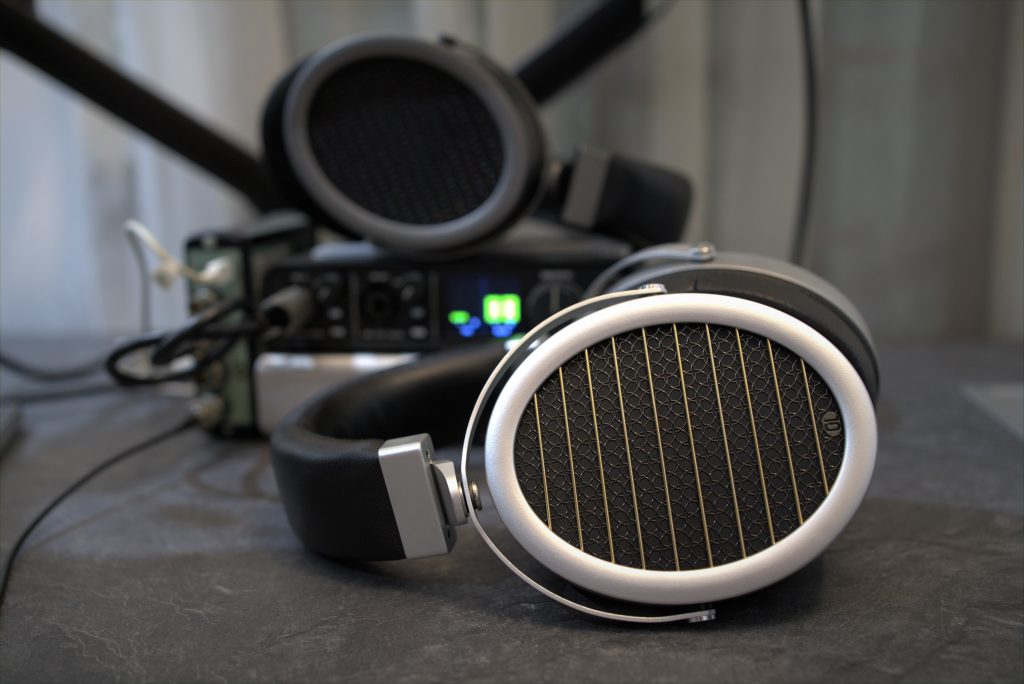
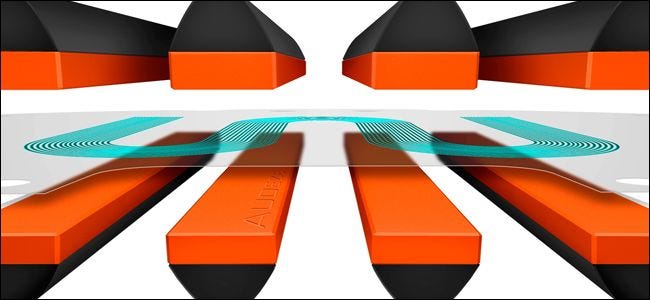

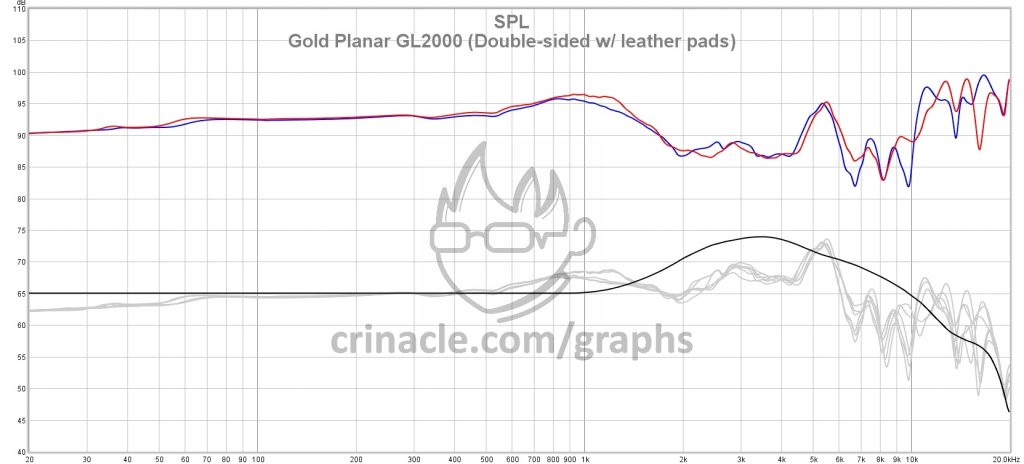
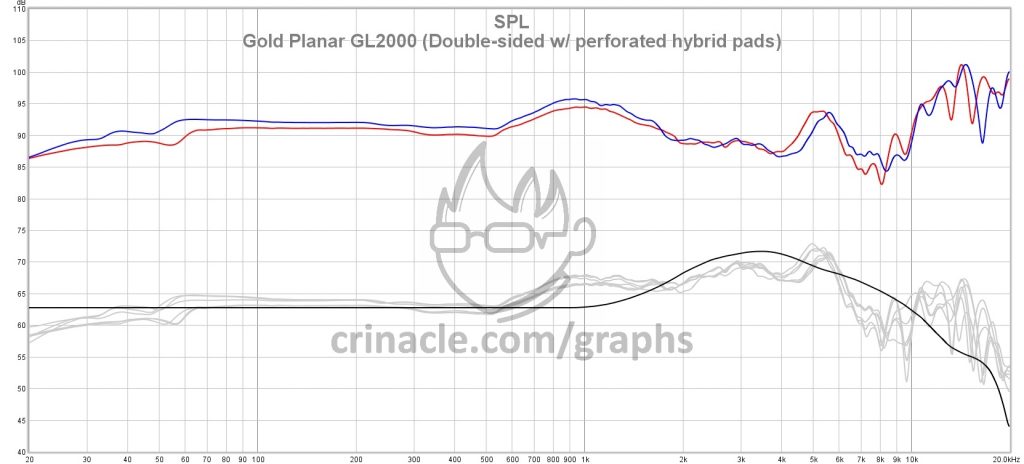

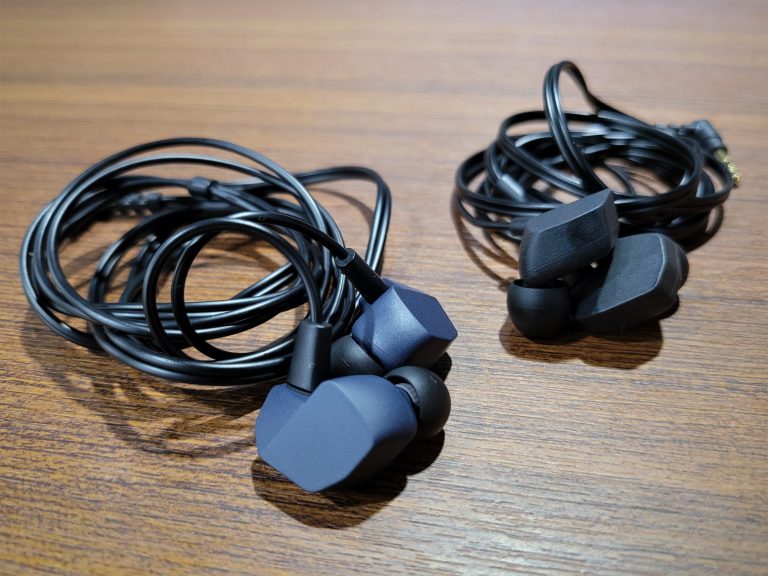

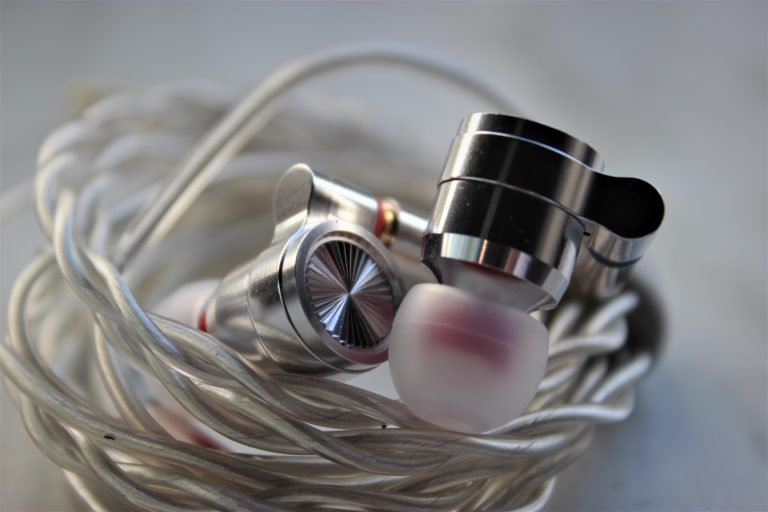
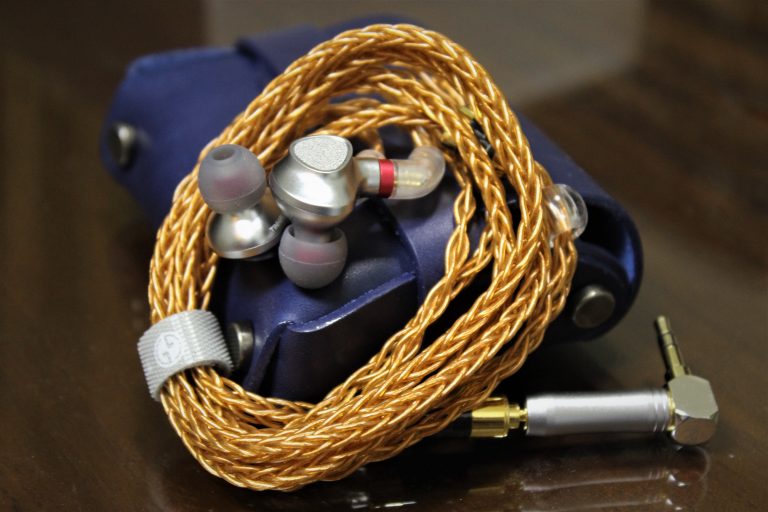






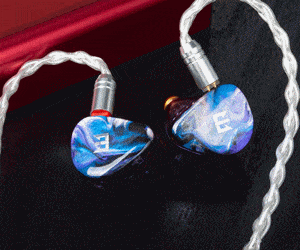

6 thoughts on “Gold Planar GL2000 Review: The Critical Take”
The user community of Gold Planar Is horrible. It’s not surprised Gold Planar will end up nowhere
This scored way higher than I was expecting based on it’s strange tonality. I like the point you made about just buying the single sided if someone was planning to eq anyway. Might have just created a new lease on life for all those single sided collecting dust in the warehouse.
Follow the hype closely because I really wanted to buy the GL2000 but waited for more reviews to come in and reading through all the comments from Drop, Hifiguides watched all the youtube reviews and all the budget to high-end headphone comparisons. I EQ most headphones and what annoys me the most how people compare peaky treble to detailed or high-quality sound. Fiddling through the comments curious about the technical performance and bass.
So my ending thoughts just go with 400i or Sundara’s.
nah just get anandas
At that price level you can get a hifiman Ananda, it’s price got lowered, esp. on eBay.
And it scored S for tuning , in fact I’m listening on it right without any eq or enhancements. Never thought that day would come, as I always had to apply the AutoEQ convolver files or use a peq , for example the hd660S or other sennheisers sound wayyy better like this, going from that “muffled mess” as crin. called it in the ranking list, to a bright and clear one with more bass, almost like a new headphone.
Sometimes I’m baffled how and why so many company’s use such strange tunings , ruining good technicalitys.